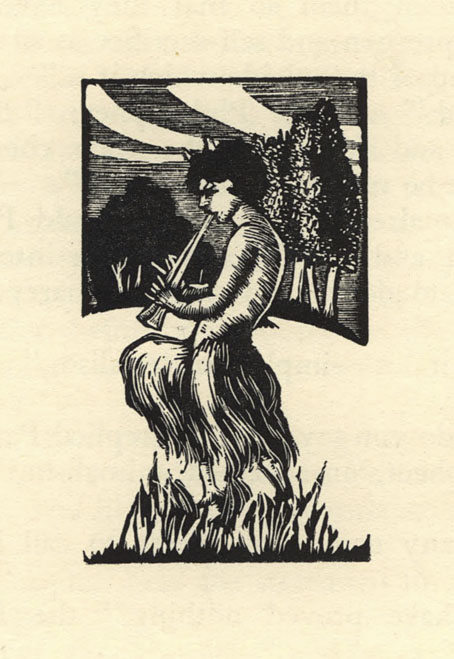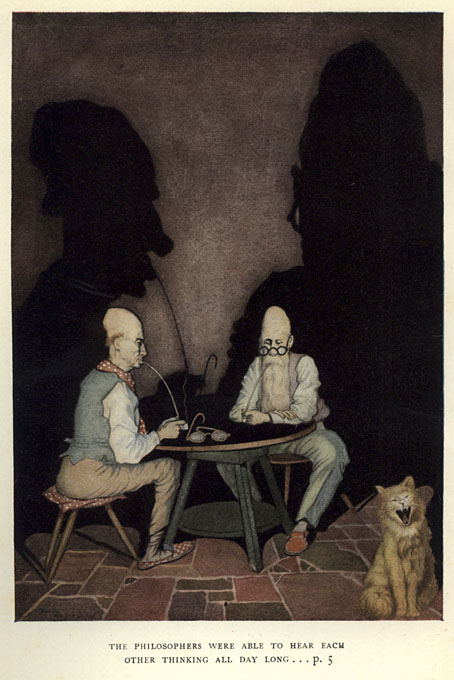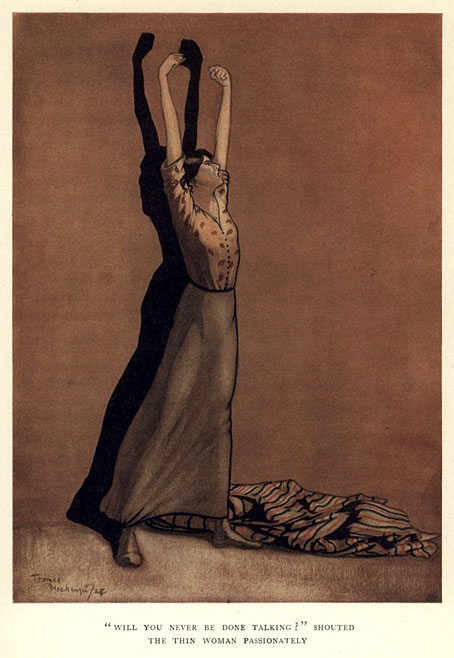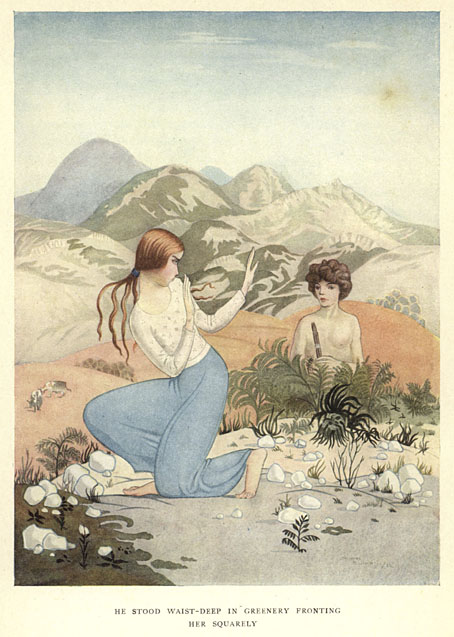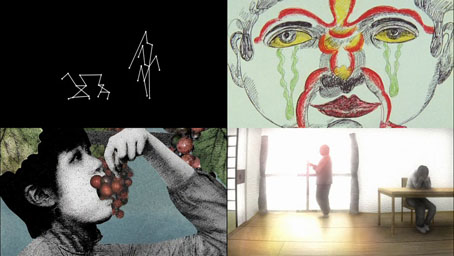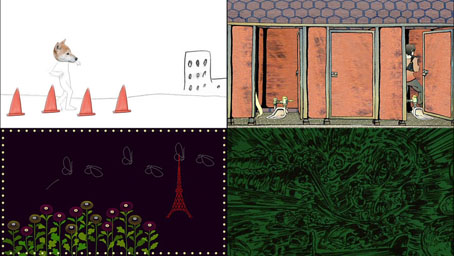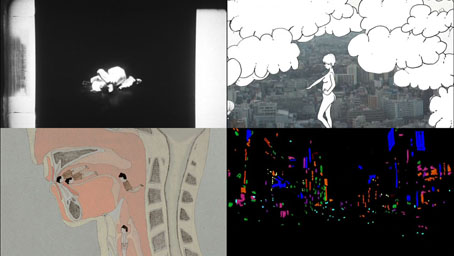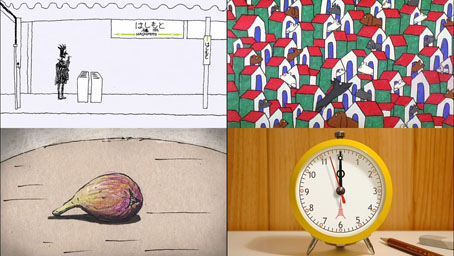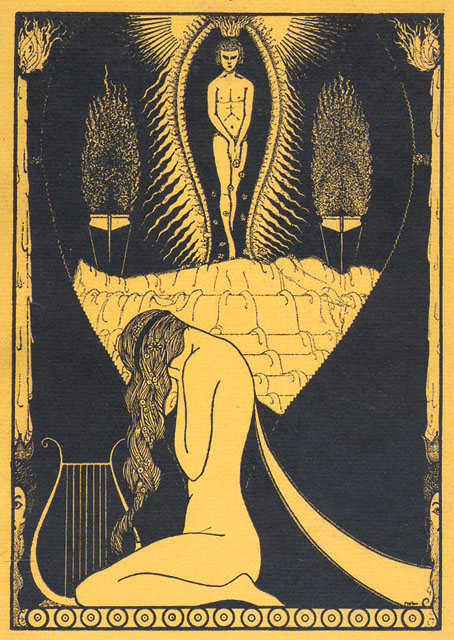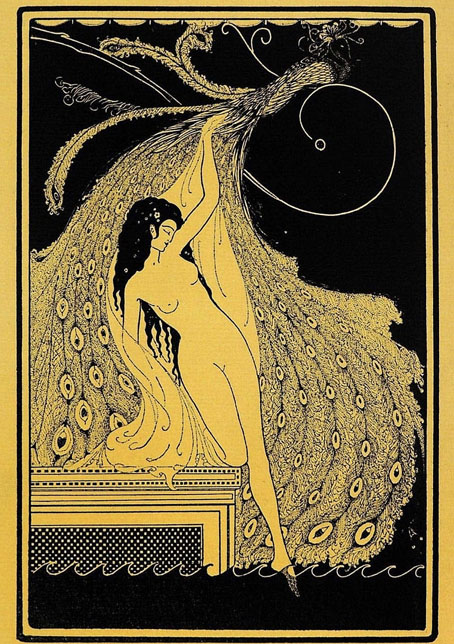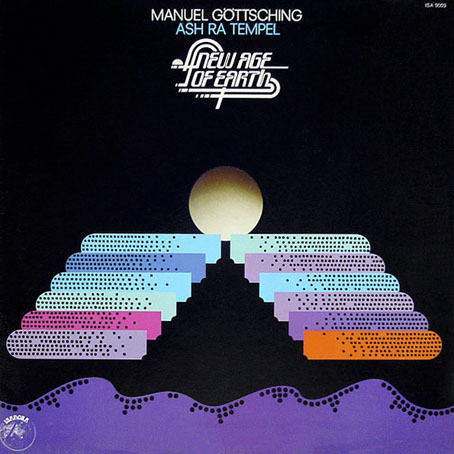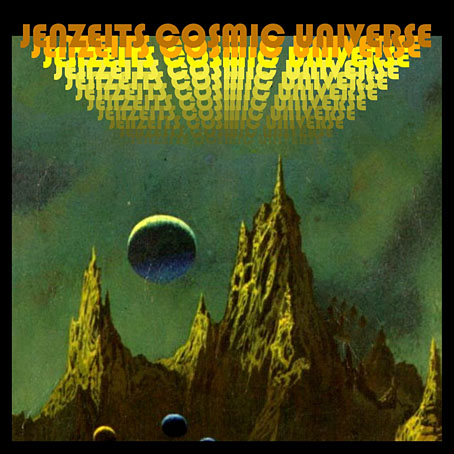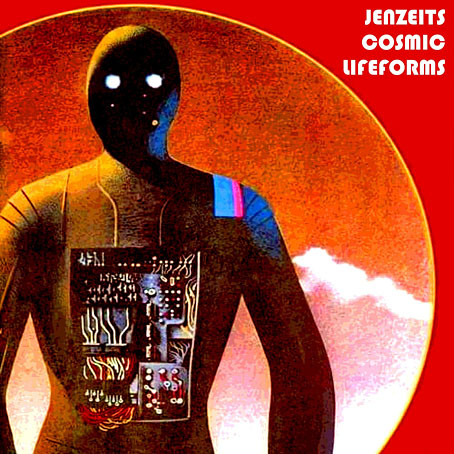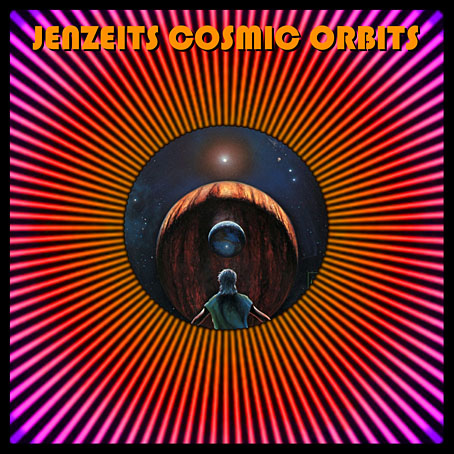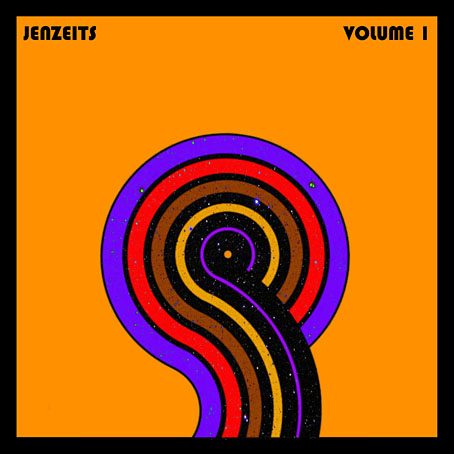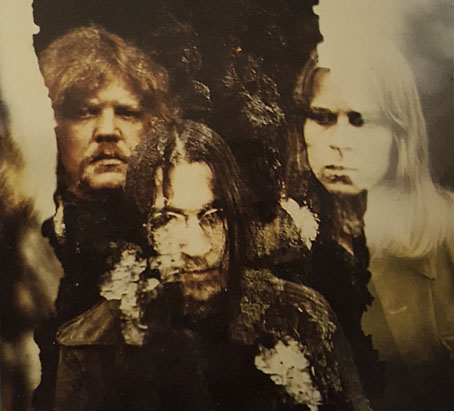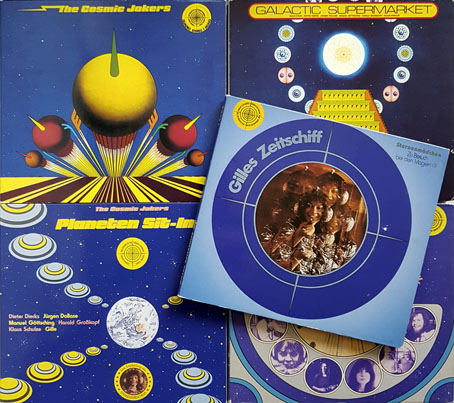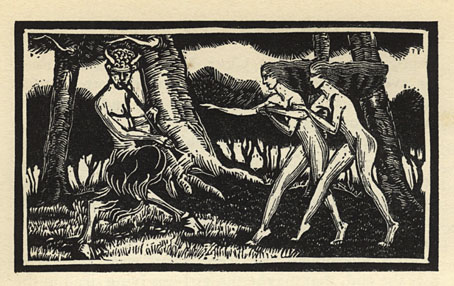
Thomas Mackenzie (1887–1944) was an English illustrator whose work has appeared here before via his illustrations for a verse rendering of the Aladdin story by Arthur Ransome, a typical product of the 1920s’ boom in illustrated children’s books. James Stephens’ The Crock of Gold (1912) is a vessel of a different kind, too sophisticated for children yet suffused with a fairy-tale quality, this is more like a fable for adults:
A mixture of philosophy, Irish folklore and the “battle of the sexes”, it consists of six books, Book 1 – The Coming of Pan, Book 2 – The Philosopher’s Journey, Book 3 – The Two Gods, Book 4 – The Philosopher’s Return, Book 5 – The Policemen, Book 6 – The Thin Woman’s Journey, that rotate around a philosopher and his quest to find the most beautiful woman in the world, Cáitilin Ni Murrachu, daughter of a remote mountain farm, and deliver her from the gods Pan and Aengus Óg, while himself going through a catharsis. (more)
The illustrations, which Mackenzie created for a 1926 edition, are a little different to his earlier work, tending in places towards that Hellenic stylisation that became increasingly popular in the graphic art of the 1920s and 30s. The depictions of Pan remind me that I once tried to catalogue all the appearances of the god in prose and poetry from the 1890s on. The years from 1890 to 1930 saw Pan become a persistent presence in English literature, while also giving a title to one of the leading Jugendstil journals. The idea of trying to document all this activity is an attractive one until you set to work and find that there are many more examples than you imagined, not all of them indicated in the titles of the works.
